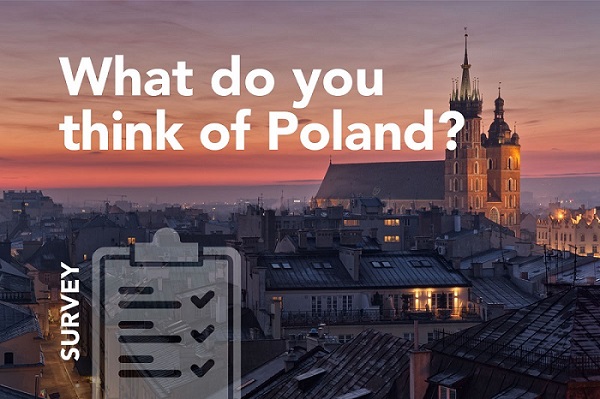Wrocław
The buzzing capital of the Dolnosląskie province, or Lower Silesia, boasts a complex history spanning many centuries, to which the city owes its large number of historical sites. By far the most important cultural, economic, academic and tourist hub of south-west Poland, here you’ll discover a colourful city with a plethora of attractions to suit every tourist…
History and Modernity, and Don’t Forget the Dwarves!
For over 1,000 years, the city has been magnificently reflected in the waters of the River Oder. With visible reminders of Czech, German and Polish rule, Wrocław has become a truly modern European city, and one that you simply must experience for yourself.
City of Bridges
Here’s an amazing fact for you: More than 100 road bridges and footbridges pin together the riverbanks in Wroclaw – the only places where you’ll find more are Venice, Amsterdam, St. Petersburg and Hamburg. The distinctive turquoise railings of the Tumski Bridge are heavily weighed down by hundreds of love padlocks – just like the Ponte Milvio in Rome. Another must-see is the Witches’ Bridge, Wrocław’s highest at some 45 feet above ground level, which connects the towers of the Gothic Cathedral of St. Mary Magdalene and also offers incredible views of the city. But it’s the Grunwald or Grunwaldzki Bridge that reigns supreme in Wrocław – it’s been a trademark of the city for over a century now; its pioneering suspension structure is impressive both by day and night, when it is stunningly illuminated.
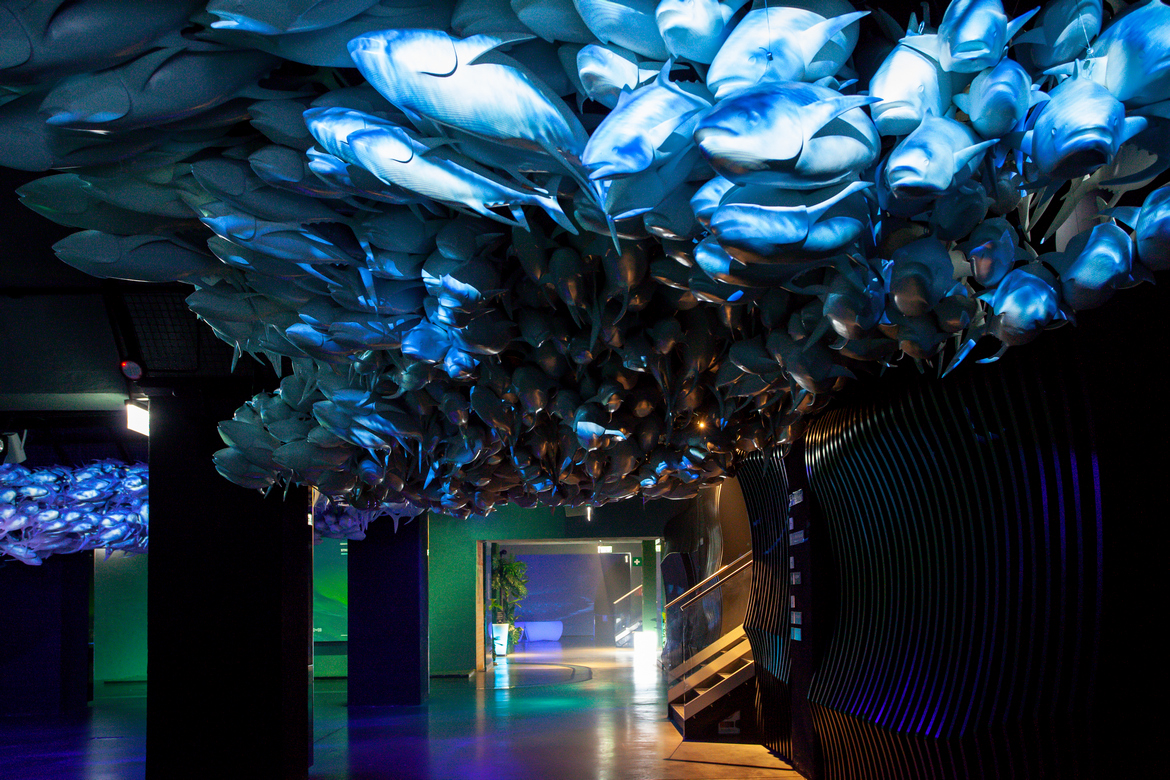
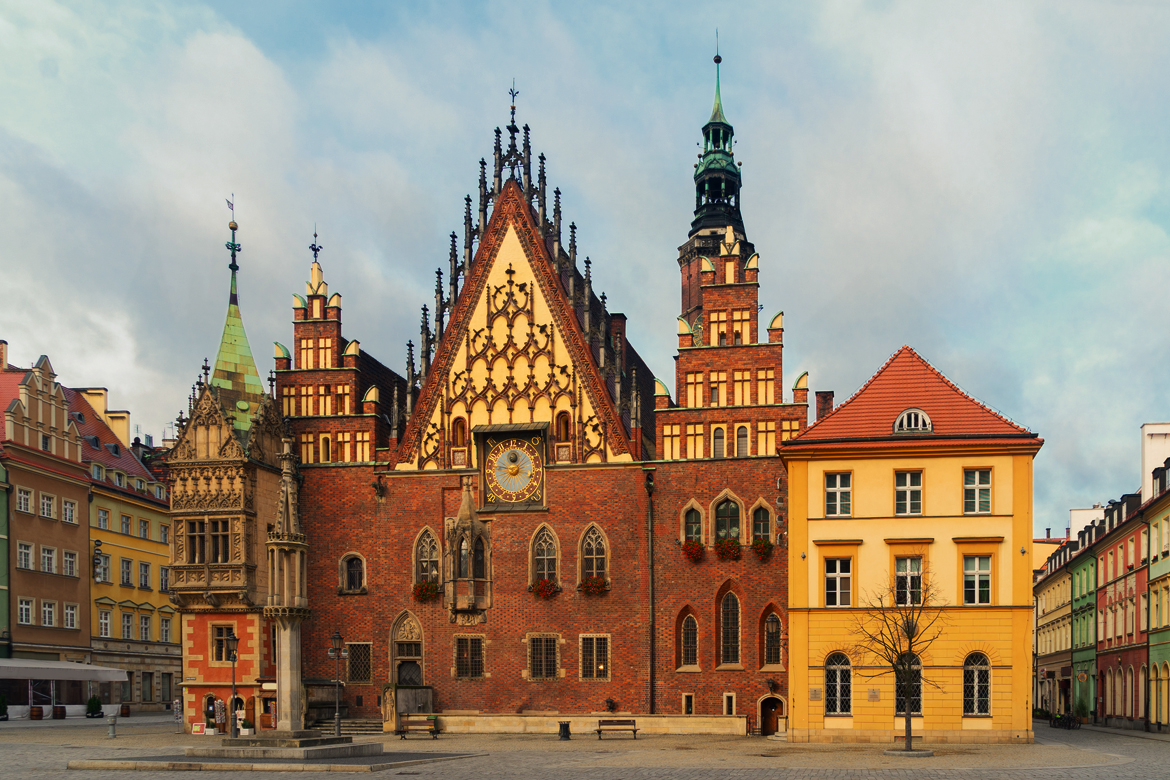
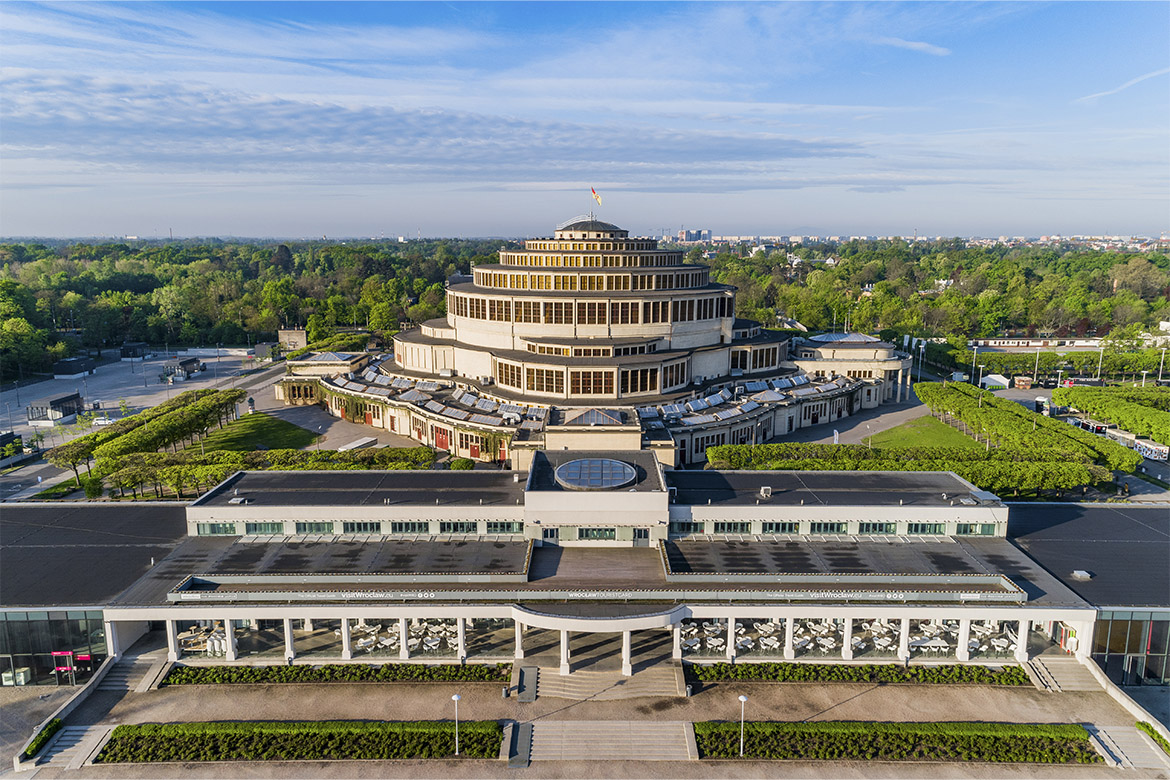
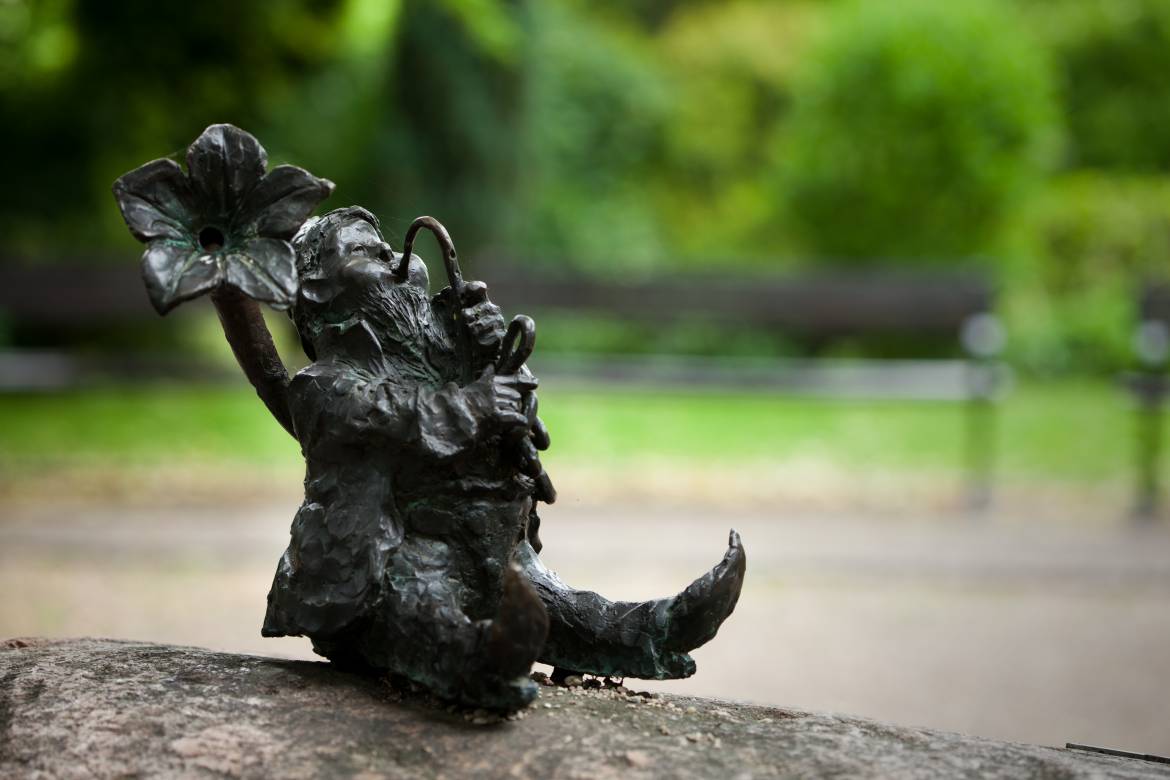
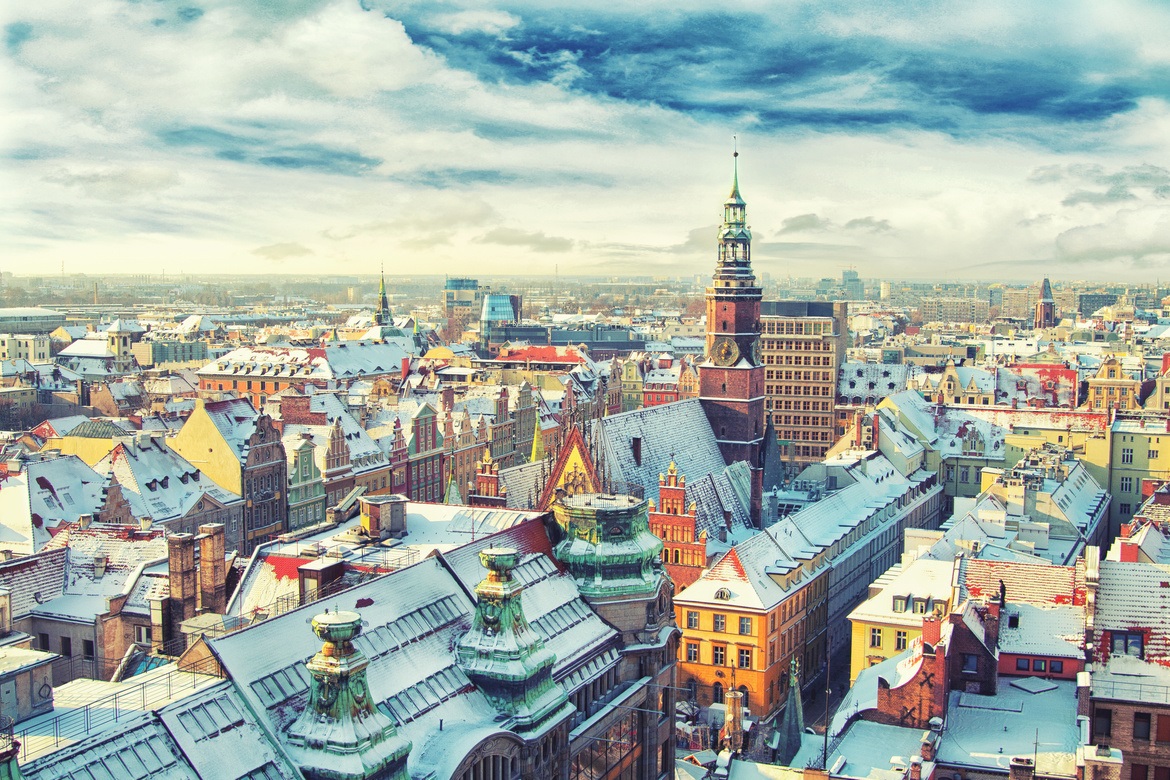
Travel Through Times Past
A fortified town built on Ostrów Tumski (Cathedral Island) in the 10th Century marked the city’s beginnings. Priceless historic buildings you simply must visit here include the mammoth Gothic Cathedral of St. John the Baptist with its vertiginous twin towers, the two-storey brick Collegiate Church of the Holy Cross and St. Bartholomew and the Archdiocese Museum. The latter houses the Book of Henryków from the 13-14th Centuries, containing the first sentence ever written down in Polish, which is listed in the UNESCO Memory of the World Register.
The charming Old Town Square offers a perfect blend of historical Renaissance and Mannerist tenement buildings and post-war reconstructions. One of the biggest in Europe, it is also one of the most beautiful, a dynamic soul of the city where busker music plays day and night and mouth-watering smells come from inviting restaurant terraces. The stunning Baroque “House Under the Golden Sun” (because there’s a large golden sun on the centre-top of its facade) is home to the Pan Tadeusz Museum, housing the manuscript of Adam Mickiewicz’s famous poem. After dusk, you’ll notice ladies and gentlemen in tradition costumes from the Romantic period moving behind the curtains on the first floor – enticing you to enter and visit the museum. The late-Gothic Old Town Hall is quite the showstopper. It houses the Museum of Burgher Art, and in its basement, the oldest bar in Europe.
Close by, the Four Denominations District is a unique place, where an Orthodox church, a Roman Catholic church, a Lutheran church and a synagogue all stand harmoniously beside one another. This charming area is not just a space of religious worship but also caters to those who follow the gods of music – it’s a popular clubbing spot!
Its beauty may provoke controversy, but its revolutionary design is something most can agree on: the huge, reinforced-concrete Centennial Hall, (where policeman Eberhard Mock from Marek Krajewski’s crime novels debuted as a specialist solving the biggest crimes), is listed as a UNESCO World Heritage Site. Its 28-metre dome is topped with a steel and glass lantern, and the fountain in front of the hall is not only the largest in Poland but one of the biggest in Europe, spurting out water from 300 nozzles, “breathing” fire from three outlets and illuminated by some 800 lights. It puts on quite a show, don’t miss it!
Another Wrocław must is the Racławice Panorama – a monumental painting of the 1794 battle between Polish and Russian forces. Painted by a whole team of artists supervised by Wojciech Kossak and Jan Styka, it measures an extraordinary 114 metres long and 15 metres high. You can see it in a purpose-built rotunda where added elements, decorations and lighting bring the battle to life. The detail and scale of this artwork is quite mindboggling.
For a real insight into the city’s complicated history, be sure to see the 1,000 Years of Wrocław exhibition at the Historical Museum located in the Royal Palace, which is surrounded by beautiful Baroque gardens. The University of Wrocław is also a museum, where features include the magnificent Aula Leopoldina hall and an astronomical observatory in the Mathematical Tower with priceless instruments such as a celestial globe that dates back 500 years. The university itself is one of the most spectacular examples of architecture in the city.
Close to Nature
Young and old enjoy a day at Wroclaw Zoo, which you can reach by taking a boat ride from the city centre. Not only is this the oldest zoo in Poland, it’s also the one that can boast the highest number of animals. The pools in the aquarium hold an incredible 15 million litres and are home to 260 fish species from all over the world, including rays and sharks, while a walk through the rainforest allows you to hear all manner of birds singing merrily. If you enjoy time in nature, the nearby Szczytnicki Park, the city’s largest, tempts visitors with its Japanese Garden featuring many traditional architectural elements, and offers a vast oasis of lush vegetation and welcome solace to recharge your batteries.
Meanwhile, over at the ultracool underground, interactive exhibition at Hydropolis you can learn fascinating facts such as the water supply system in Wrocław is the same length as the distance from Silesia to Madrid, and horrifyingly, that by the year 2050, weight-wise there is likely to be more plastic than fish in the oceans. Hydropolis is one of Europe’s most advanced centres, where all kinds of multimedia technology, interactive installations, replicas and models are used to teach about water from many intriguing angles. Kids of all ages will love it!
Delicious Flavours – and Dwarves!
Visitors arriving in Wroclaw can take their pick of several interesting routes to discover the city: Military Historical Sites, In the Footsteps of Eberhard Mock, the Wrocław Film Trail, Street Art in Wrocław – you can find all these and more by following the descriptions on https://visitwroclaw.eu/en.
Hands down the most original tour, however, is the one that introduces you to the local dwarves; there are already over 300 of these fun figurines to track down in the streets of Wrocław. So important are the little fellows, that they even have an official website: http://krasnale.pl/en, and tourist information points sell souvenirs and sweets referencing the little rascals.
Like many other cities in Poland, Wrocław is another one that really must be appreciated from the river, whether that’s using a tour boat, kayak, pedal boat, motorboat or catamaran. The River Oder can also be crossed through the air – using the Polinka cableway. A city bike or electric golf cart are other good options for getting around.
There’s still much more to Wrocław to discover. The fact that it was chosen a 2016 European Capital of Culture speaks volumes about just how vibrant a city it is. To mention just the most important festivals: Wratislavia Cantans for music, Nowe Horyzonty for films and the Crime and Mystery Festival for literature. Culture enthusiasts will find plenty of art galleries, museums, theatres, the opera house and the National Forum of Music, whose acoustic design was the work of specialists from New York.
Wrocław has many flavours, but you really shouldn’t leave without at least trying the gingerbread. The Silesian gingerbread-making tradition dates back to the 13th Century, making it the oldest in Central Europe, 100 years older than Toruń’s! At Piernikarnia Wrocławska near the main market square, you can taste the spicy biscuits or even learn to make them. They’re every bit as delicious as people say. Perhaps, even more so.


